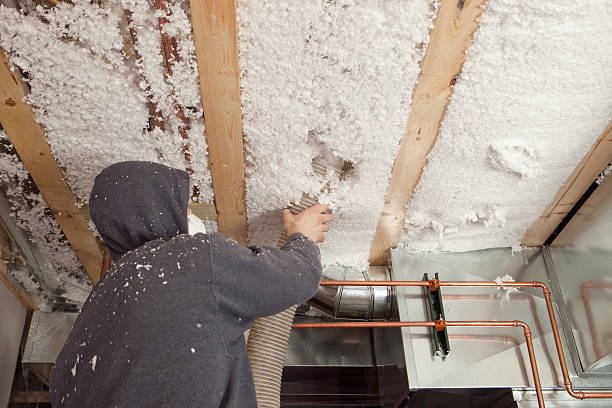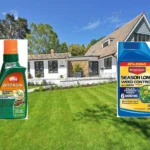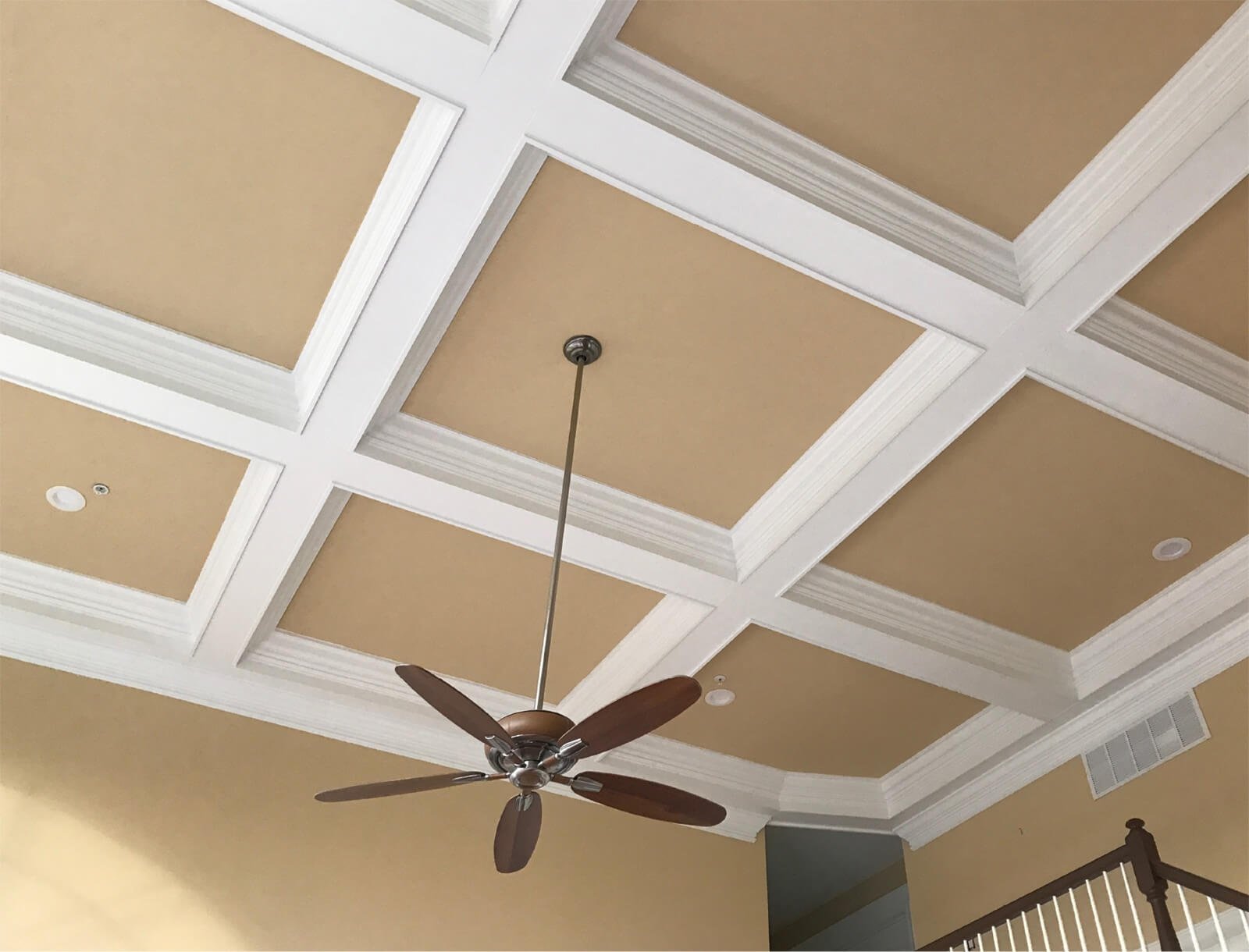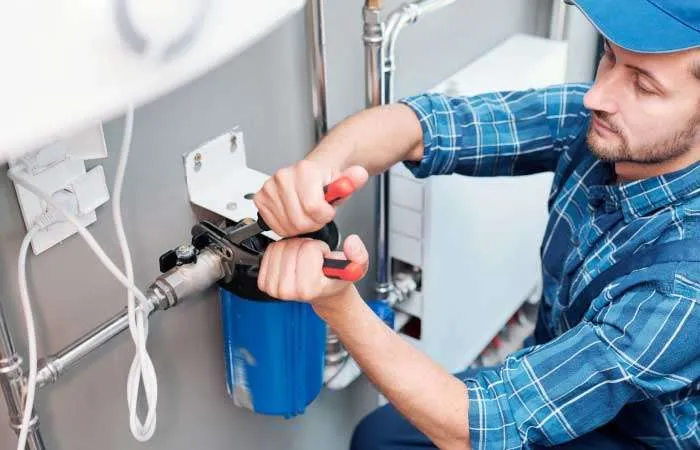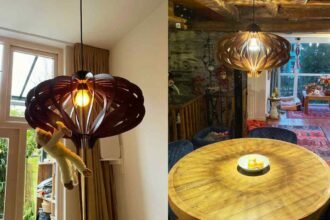Everyone longs for a place of tranquility and quiet to call home. Still, this peace isn’t always preserved from the intrusion of outside disturbances like traffic, construction, or even loud neighbors.
If you want more quiet and peace in your house, soundproofing is a great choice. It may enhance the acoustic quality of your home and also decrease outside noise.
Several strategies for soundproofing your house will be discussed in this article. We’ll discuss many options for materials, methods, and planning that might make your house more serene and silent.
These soundproofing guidelines will help you out whether you’re trying to block out street noise, quiet down noisy neighbors, or improve the acoustics in your home theater.
Understanding Sound Transmission
Knowing how sound travels through the air is crucial before starting work on soundproofing your house. Sound waves may penetrate both air and solids. When these waves collide with solid objects, such as walls or floors, they generate vibrations that are perceived as sound.
You have encountered sound transmission, for instance, if you have ever heard your upstairs neighbor’s television or their footsteps. A property may be made more soundproof by installing materials and using methods that either absorb or block the waves that cause unwanted noise.
Soundproofing Materials
There is a wide variety of soundproofing materials available, each with its own advantages and uses. Soundproofing the walls, ceiling, and floor without drastically limiting the available space is possible with materials like mass-loaded vinyl (MLV), which is both flexible and thick but thin.
Acoustic foam is another common method of noise reduction. The sound waves are absorbed by the material, therefore there is less echo and general noise. It works wonders for enhancing the acoustics of a home theater or recording studio.
Soundproofing Walls and Ceilings
When trying to reduce noise in your house, the walls and ceilings are where you should start. An additional drywall layer effectively deadens sound.
A suspended ceiling system is a great way to insulate your ceiling from noise. In order to absorb and block sound waves, this system requires a gap to be created between your current ceiling and a new layer of ceiling tiles.
Soundproofing Floors
A lot of noise may be transmitted through the floors, particularly in buildings with many stories. A thick cushion under your carpet might be a cheap and easy approach to cut down on noise transfer. Rubber floor mats or soundproofing underlayment are good options for hard floors.
Putting a layer of MLV under your hardwood or tile flooring is an illustration of this. The sound of people walking or dropping things is muffled considerably.
Soundproofing Doors and Windows
Noise may easily seep in via the cracks in your doors and windows. In terms of noise reduction, solid-core doors are much superior to their hollow-core counterparts. Weatherstripping or a door sweep may be used to seal gaps and lessen the amount of noise that can be heard through an open door.
Multiple strategies exist for reducing window noise. The soundproofing properties of double-paned windows are second to none. You may also use window inserts or soundproof drapes to lessen the amount of noise that filters in.
Room Design and Layout
The way your rooms are configured may also affect how sounds travel through your home. You may reduce noise by positioning heavy items against an offending wall, such as a bookshelf or a wardrobe.
You may also enhance your home’s acoustics by positioning bedrooms and other quiet spaces away from high-traffic areas and other rooms.
Types of Home Insulation for Soundproofing
If you’re looking to soundproof your house, you should know that not all insulation is made equal. The efficiency of soundproofing varies depending on the kind of insulation used in a given property.
- Fiberglass Insulation: Commonly used in walls, ceilings, and floors, fiberglass insulation is effective at reducing airborne noise. It’s lightweight, easy to install, and also offers thermal insulation benefits.
- Mineral Wool Insulation: This type of insulation is denser than fiberglass, making it more effective at blocking sound. It’s fire-resistant and doesn’t require additional adhesives or binders, making it a durable and safe choice for soundproofing.
- Foam Board Insulation: Made from polystyrene, polyisocyanurate (polyiso), or polyurethane, foam boards provide excellent sound absorption and are often used on floors and walls to reduce noise transmission.
- Spray Foam Insulation: This type of home insulation expands to fill gaps, making it an effective solution for sealing cracks and crevices where sound can leak through. It’s commonly used around windows and doors or in areas where installing traditional insulation may be challenging.
With iFOAM, homeowners may choose the insulation that works best for them. Their requirements might be influenced by things including their budget, the locations in their house that need soundproofing, and the amount of noise reduction they require.
The optimal insulation for your requirements may be determined by consulting with a soundproofing professional.
Conclusion
The decision to soundproof your house is one that will pay dividends in the form of more peace and quiet. It is possible to considerably minimize unwanted noise and create a tranquil, quiet living environment by learning how sound travels and using appropriate insulating solutions.
Keep in mind that everyone has a different house and that some solutions may be more appropriate than others. Until you determine what works best for your area, don’t be hesitant to try out a variety of materials and approaches. After all, at the end of a long day, you deserve to come home to a place where you can unwind in tranquility.

